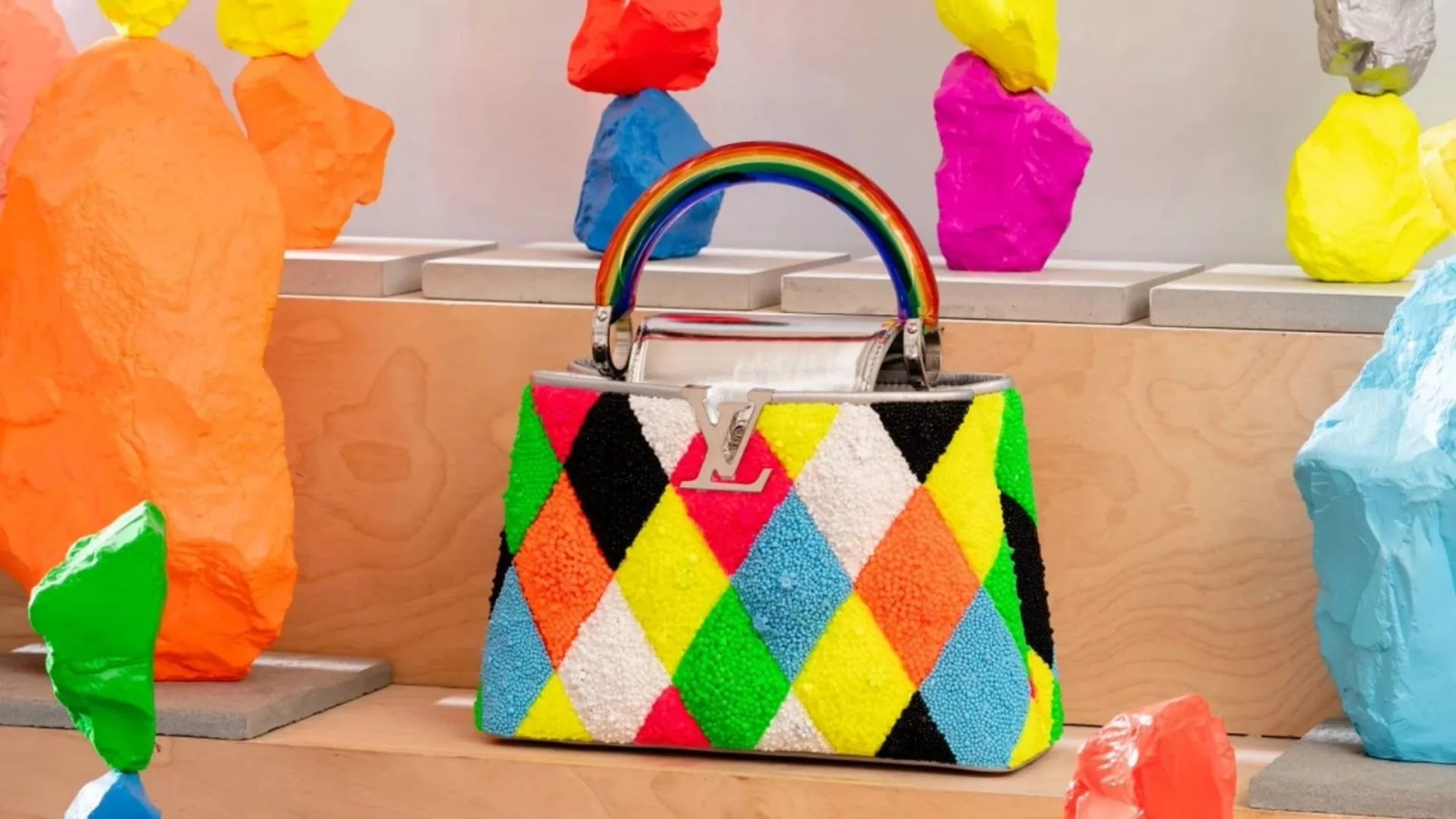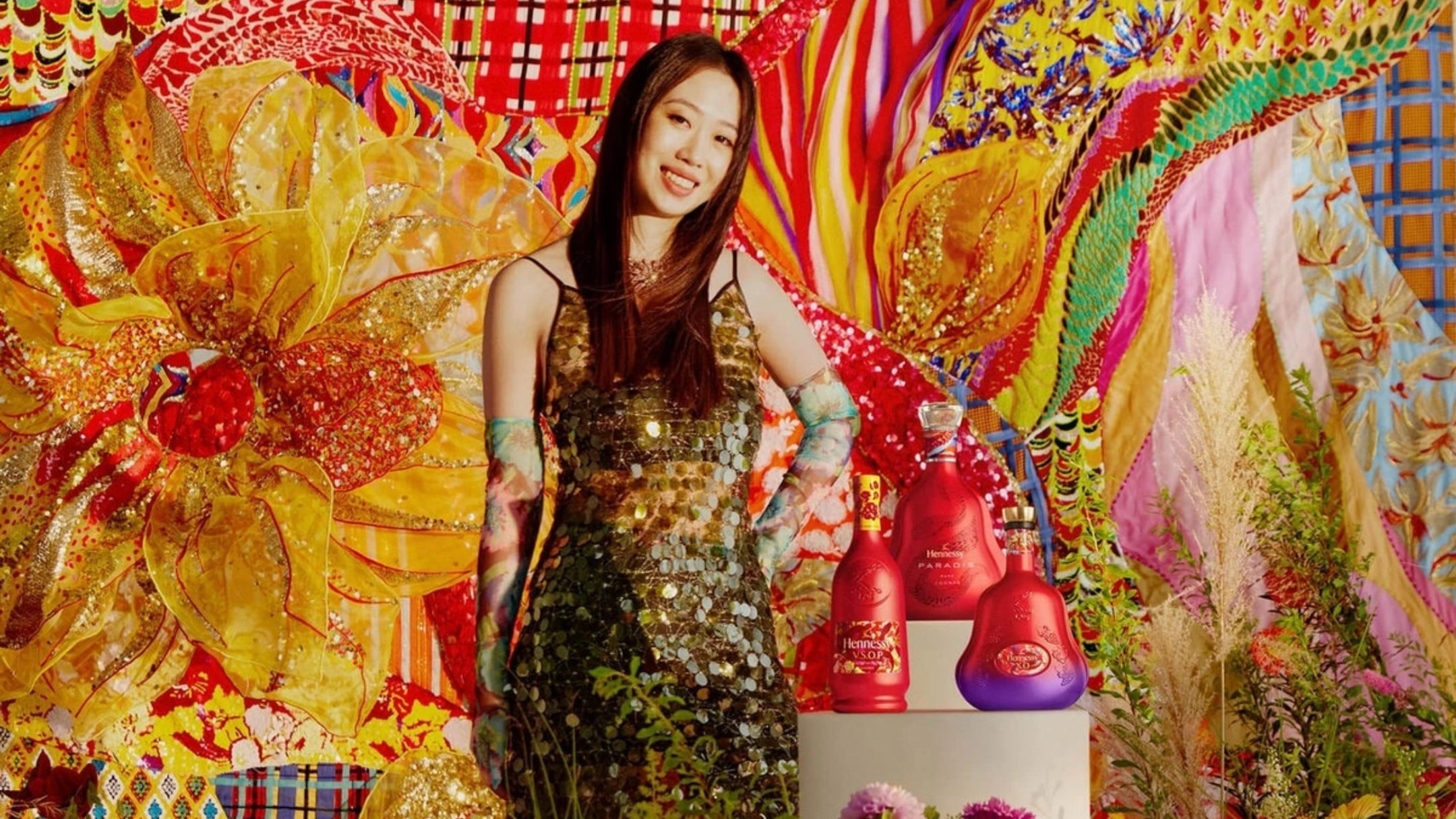Designer brands have long been associated with luxury, style, and exclusivity. From the haute couture houses of Paris to the contemporary fashion labels of today, designer brands have left a lasting impact on the fashion industry and popular culture. But what is the history and background of designer brands, and how did they become the symbols of luxury and exclusivity that they are today? In this article, we will explore the rich history and background of designer brands and uncover the stories behind some of the most iconic fashion labels in the world.
The Origins of Designer Brands
Designer brands have roots that can be traced back to the late 19th century and the emergence of haute couture in Paris. Haute couture, which literally means "high sewing," was a term used to describe the custom-made clothing created for the wealthiest and most influential members of society. These garments were designed by skilled artisans and were made from the finest materials, with the goal of creating the most beautiful and luxurious clothing possible.
Haute couture quickly became a symbol of wealth and prestige, and soon, other cities across Europe and North America began to develop their own haute couture industries. However, it was not until the mid-20th century that designer brands as we know them today began to emerge.
The Emergence of Designer Brands
Designer brands as we know them today began to emerge in the mid-20th century, when fashion designers such as Coco Chanel and Christian Dior started to put their names on their clothing. This marked a departure from the traditional haute couture model, where the garments were custom-made for individual clients, and instead, allowed for the mass production of clothing under the designer's name.
This new model allowed designer brands to reach a wider audience and to become more accessible to consumers. Over time, designer brands became increasingly popular, and soon, they were no longer just symbols of luxury and exclusivity, but also symbols of style and creativity.
The Growth of Designer Brands
In the decades that followed the emergence of designer brands, the fashion industry continued to grow and evolve. Designer brands became more and more popular, and many of them expanded into other areas, such as accessories and fragrances. Today, designer brands are a major part of the global fashion industry, with many of the largest fashion labels generating billions of dollars in annual revenue.
Some of the most iconic designer brands in the world include Chanel, Dior, Gucci, Louis Vuitton, and Prada. These brands have established themselves as symbols of luxury, style, and creativity, and continue to be at the forefront of the fashion industry.
Frequently Asked Questions
What is a designer brand?
A designer brand is a fashion label that is associated with luxury, style, and exclusivity. Designer brands are typically created by skilled fashion designers, and are known for their high-quality materials and attention to detail.
What is the history of designer brands?
The history of designer brands can be traced back to the late 19th century and the emergence of haute couture in Paris. Designer brands as we know them today emerged in the mid-20th century, when fashion designers began to put their names on their clothing.
When did designer brands become popular?
Designer brands started to gain widespread recognition in the 1960s and 1970s, due in part to the rise of mass media and the shift towards ready-to-wear clothing. However, it wasn't until the 1980s and 1990s that these brands truly became a major force in the fashion industry.
What is the impact of designer brands on the fashion industry?
The impact of designer brands on the fashion industry is significant as they are leaders known for luxury, quality and exclusivity. They offer a range of products and influence the industry with their innovative styles, designs and marketing strategies. Designer brands also shape consumer behavior and preferences, becoming cultural touchstones and influencing fashion trends.
How have designer brands evolved over time?
Designer brands have evolved from small independent designers to a major force in the fashion industry. In the 1960s-70s, ready-to-wear clothing and mass media helped them gain recognition. The 1980s-90s saw the rise of designer diffusion lines and the globalization of fashion. Today, designer brands continue to evolve, offering a range of products and influencing the fashion industry.










